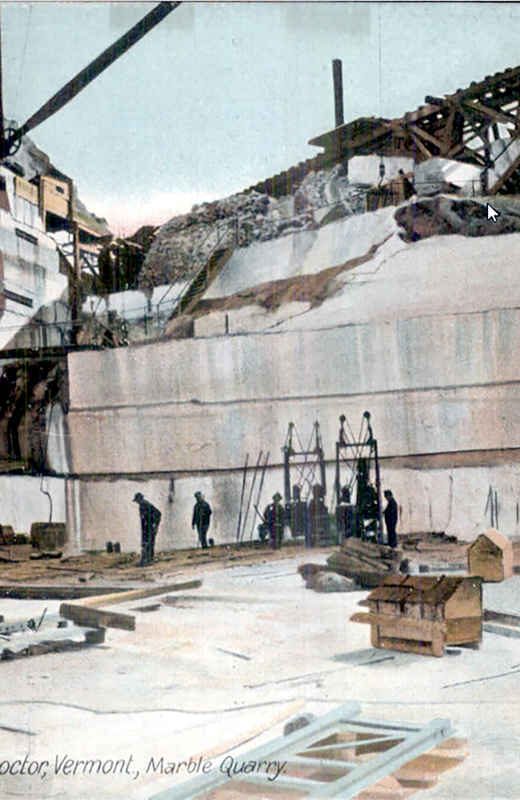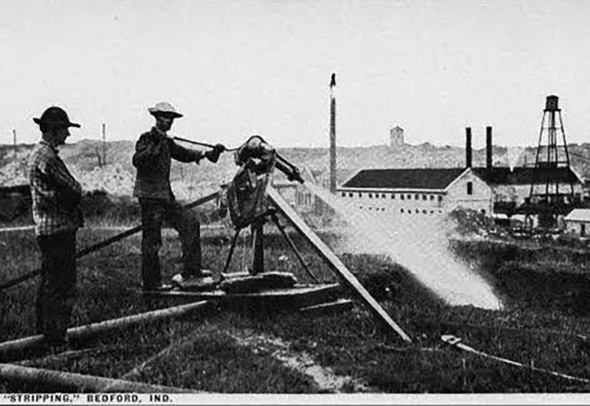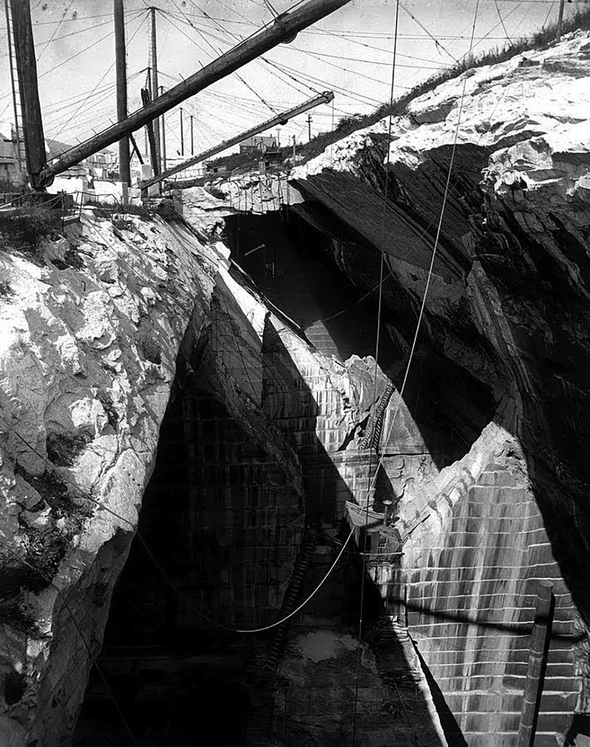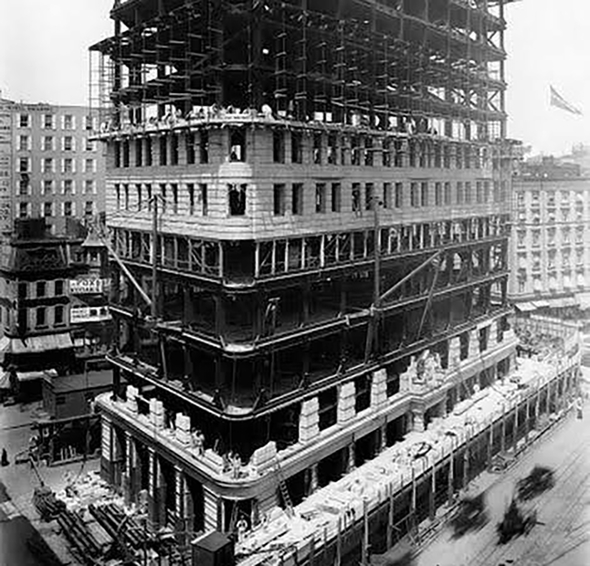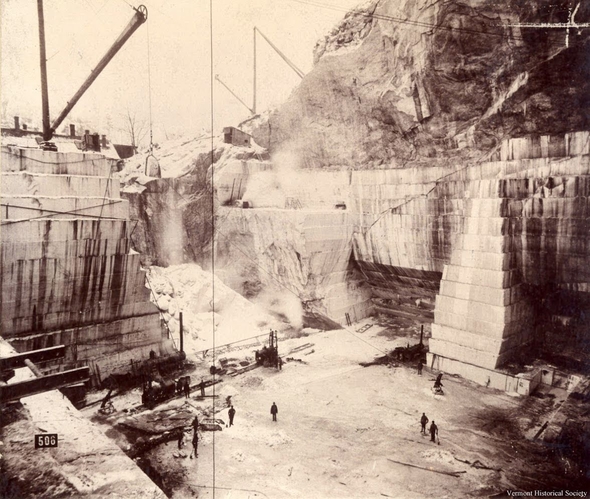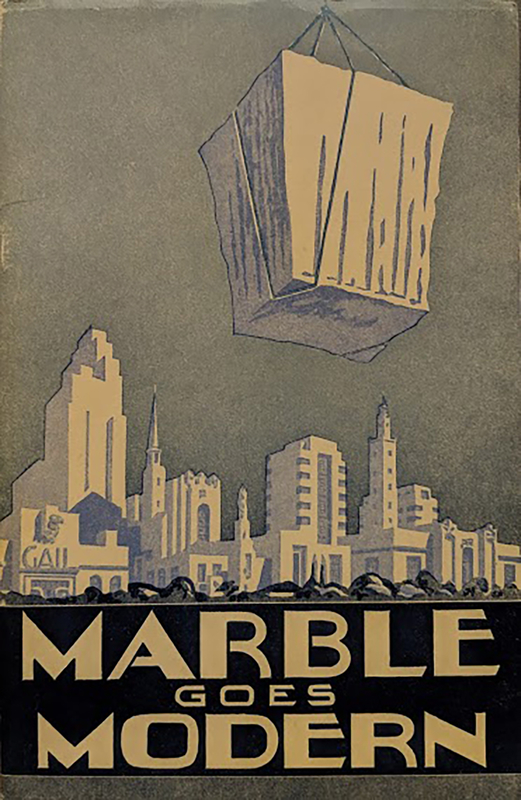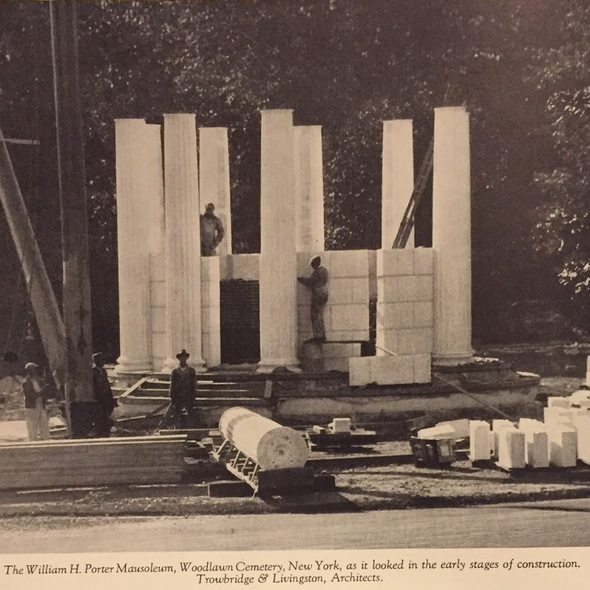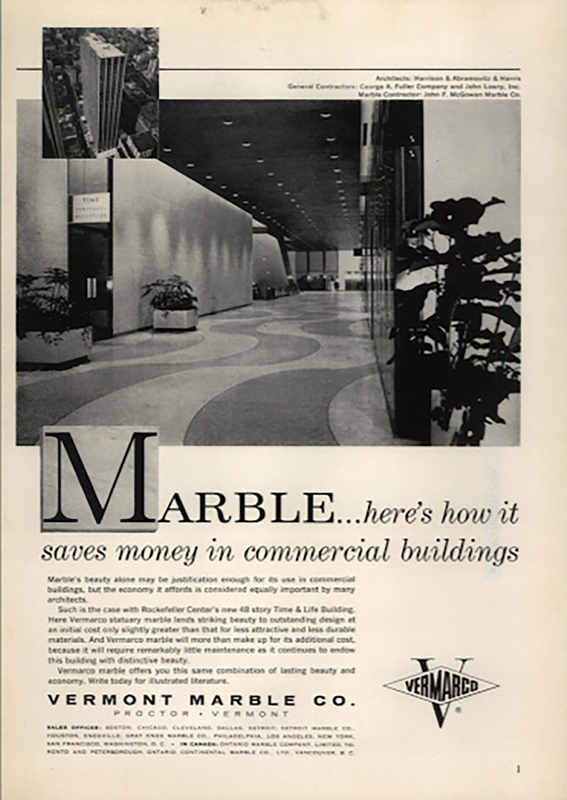Topics in Preservation Technology: Litho-Mania
Nearly every culture in the Old and New World has made use of natural stone for its buildings and monuments, whether as found rubble or ledge rock, cut and dressed load-bearing dimensional stone, or thin veneer cladding on a brick, steel or concrete frame. There is an abundant variety of stone in the United States and virtually every type of fissile rock has been put to use for buildings and monuments. The use of native and imported stone as the material of choice reached its zenith at the end of the nineteenth century. Through the creative talents of American architects, engineers, and artists who took advantage of and promoted the extensive variety, availability and relatively low cost of domestic and imported stone, masonry buildings and monuments proliferated giving rise to what critics termed a national ‘lithomania’.
This seminar offered students an in-depth study of the stone employed for building and sculpture in the United States. Utilizing Penn’s newly acquired Vermont Marble Company (VMC) archives and vast stone collection, the class considered the ‘culture of stone’ through a cross-disciplinary study of its historical, aesthetic, and technical aspects as they pertain to design and conservation practice including extraction, finishing, and installation for masonry building and monument design and construction. The final research produced by students utilized a digital humanities approach by including instruction in the methods, formats, and platforms applicable for web-based dissemination.


